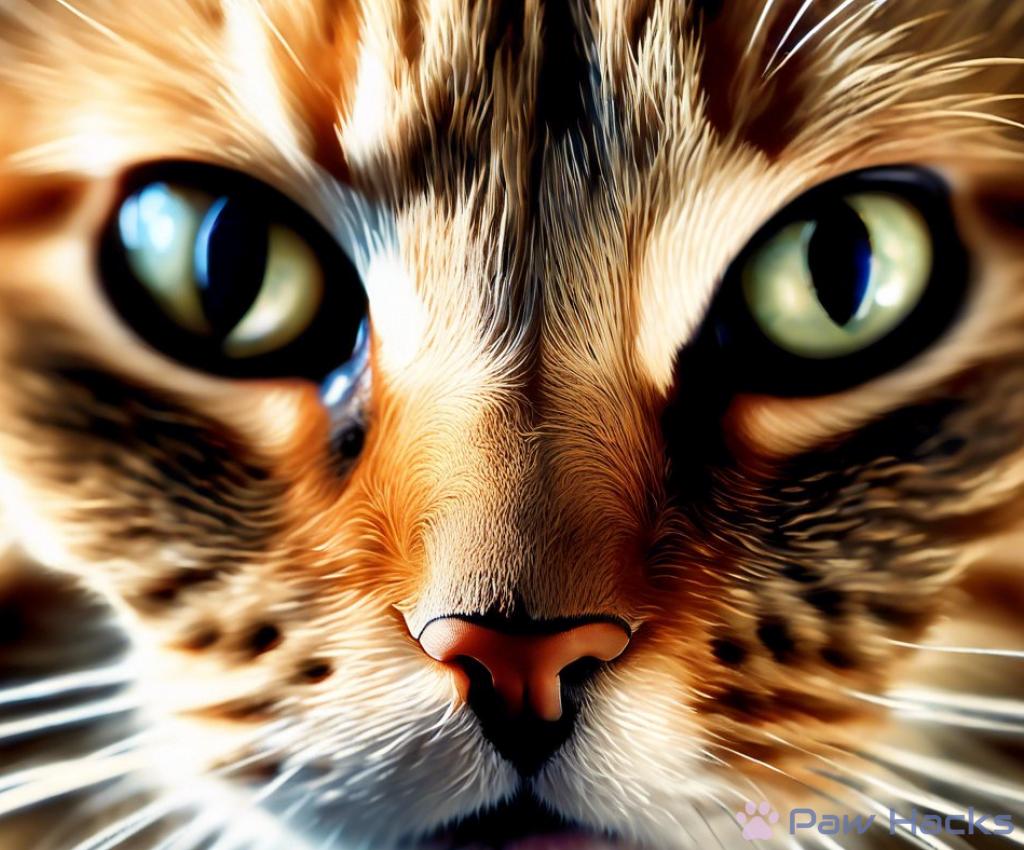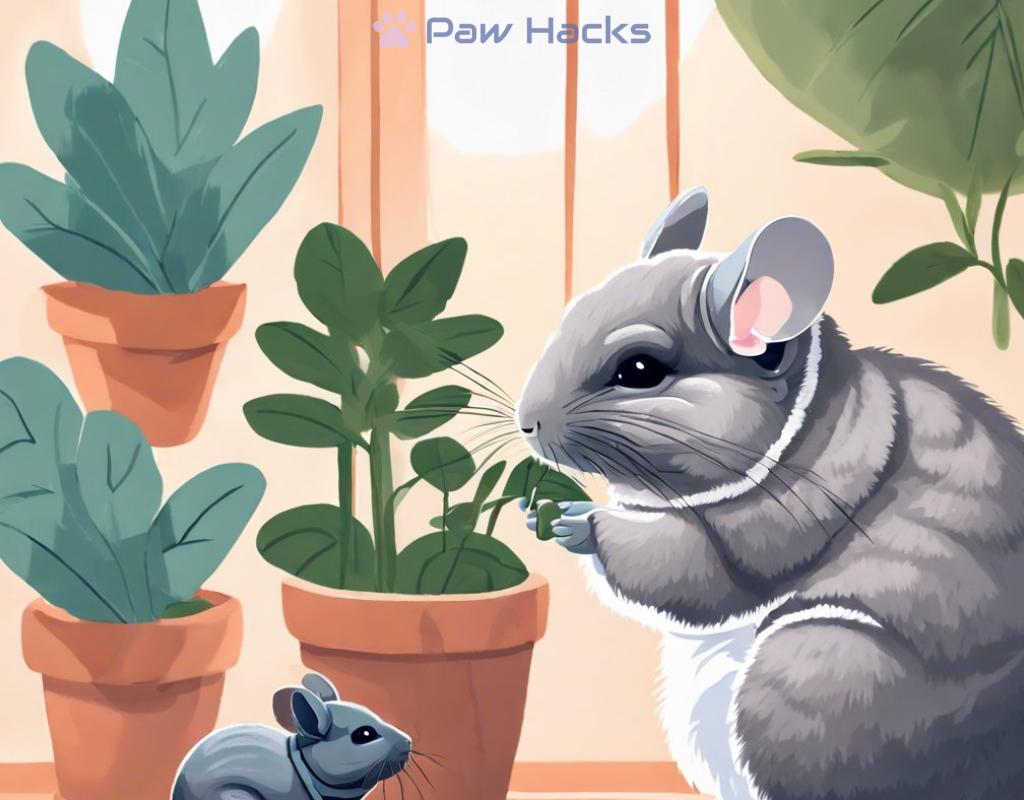Trimming Cat Whiskers: Myths Debunked
The Truth About Whisker Trimming: What Every Cat Owner Should Know

Cat whiskers, or vibrissae, are not mere accessories; they are vital sensory tools that assist our feline friends in navigating their world. Many cat owners may not fully comprehend the significance of these long, sensitive hairs. Whiskers are deeply embedded in a cat’s skin and are connected to their nervous system, allowing them to perceive their surroundings with remarkable precision. This is crucial for their daily activities, including hunting, exploring, and even maintaining balance.
Despite the importance of whiskers, many myths circulate about the practice of trimming them. Some believe that cutting a cat’s whiskers can improve their appearance or make them more manageable, but this couldn’t be further from the truth. In fact, trimming whiskers can lead to confusion and disorientation for cats. Let’s debunk some of the most common myths:
- Myth 1: Trimming whiskers makes grooming easier.
- Myth 2: Cats don’t need their whiskers for everyday activities.
- Myth 3: Whisker trimming is a safe and harmless practice.
Trimming a cat’s whiskers can have several negative effects. It’s crucial for cat owners to understand why these whiskers should be left intact. Below is a comparison of the potential impacts on a cat’s life after trimming their whiskers:
| Aspect | Before Trimming | After Trimming |
|---|---|---|
| Sensory Perception | Enhanced awareness of surroundings | Reduced spatial awareness |
| Balance | Improved coordination | Increased risk of accidents |
| Confidence | Comfortable and secure | Fearful and disoriented |
As the table illustrates, the consequences of trimming whiskers can severely impact a cat’s well-being. It’s essential for cat owners to appreciate the role whiskers play in their pets’ lives and to avoid any practices that could harm them.
Why You Should Never Cut Your Cat’s Whiskers: The Science Behind It

Many cat owners may wonder about the necessity of whiskers and whether trimming them could be beneficial. However, the reality is far from what some might think. Understanding the science behind whiskers reveals their crucial role in a cat’s life, emphasizing why they should never be cut. Whiskers are not just for show; they are essential tools that help cats interact with their environment.
Whiskers serve multiple purposes that contribute to a cat’s survival and well-being. They are specialized sensory organs that provide critical information about the surroundings. Here’s a look at some of their primary functions:
- Spatial Awareness: Whiskers can sense changes in the environment, enabling cats to gauge the width of openings and navigate through tight spaces without getting stuck.
- Hunting Assistance: During hunting, whiskers help detect movement and changes in air currents, which can alert cats to the presence of prey.
- Emotional Indicators: The position of a cat’s whiskers can indicate their mood—forward-facing whiskers suggest curiosity or excitement, while whiskers pulled back may signal fear or aggression.
Cutting a cat’s whiskers can result in several adverse effects that impact their daily functioning. Unlike fur, which can grow back without significant consequences, whiskers are deeply rooted and cutting them can lead to confusion and disorientation. Some of the potential risks include:
- Loss of Orientation: Cats rely heavily on their whiskers to maintain balance and assess their surroundings. Without them, they may misjudge distances and heights, leading to accidents.
- Increased Anxiety: A cat may feel vulnerable and anxious without its primary sensory tool, resulting in stress and behavioral changes.
- Disrupted Communication: Whiskers play a role in how cats interact with their environment and other animals. Trimming them can hinder their ability to communicate effectively.
As a responsible cat owner, it is essential to prioritize the well-being of your feline friend. Understanding the science behind whiskers and recognizing their importance can help you make informed decisions about their care. Instead of considering trimming as an option, embrace your cat’s natural features and protect their vital sensory tools. Proper care and understanding can ensure that your cat remains happy, healthy, and confident in their environment.
Cat Whiskers: Nature’s Built-in Sensors and Their Importance
Whiskers are more than just an aesthetic feature on our feline friends; they are complex sensory organs that play a pivotal role in how cats perceive their surroundings. Understanding the importance of whiskers can help cat owners appreciate why trimming them is not only unnecessary but harmful. Let’s delve into the fascinating world of cat whiskers and uncover their essential functions.
Whiskers, or vibrissae, serve various purposes that are crucial for a cat’s survival and interaction with its environment. These specialized hairs are equipped with sensitive nerve endings that allow cats to gather a wealth of information. Here are some of the primary roles they play:
- Proximity Detection: Whiskers can detect nearby objects, helping cats navigate tight spaces without getting stuck.
- Hunting Efficiency: During hunts, whiskers can sense vibrations and shifts in air currents, which can alert cats to potential prey.
- Emotional Gauge: The position of a cat’s whiskers can reflect its emotional state, indicating whether it feels curious, threatened, or relaxed.
Despite the critical functions of whiskers, some myths persist regarding their trimming. Many believe that cutting whiskers can lead to a better appearance or even enhance grooming. However, this misconception overlooks the potential dangers. Below are some of the significant risks associated with whisker trimming:
| Risk Factor | Before Trimming | After Trimming |
|---|---|---|
| Sensory Awareness | High sensitivity to surroundings | Reduced awareness and confusion |
| Spatial Judgment | Accurate navigation in tight spaces | Increased likelihood of accidents |
| Emotional Stability | Calm and confident demeanor | Heightened anxiety and stress |
In conclusion, recognizing the importance of whiskers is vital for every cat owner. Rather than considering trimming, it is crucial to celebrate and protect these natural features. Understanding their role in sensory perception, hunting abilities, and emotional communication helps ensure that cats remain happy and healthy. By fostering an environment that respects and maintains their whiskers, we can support our feline companions’ natural instincts and enhance their quality of life.
Common Myths About Trimming Cat Whiskers: Separating Fact from Fiction
As cat owners, it’s easy to fall prey to the numerous myths surrounding the care of our feline friends. One of the most persistent misconceptions is about trimming cat whiskers. These delicate sensory organs are often misunderstood, leading to harmful practices and misinformation. Let’s dive into the facts and debunk the myths that surround whisker trimming.
One of the most common beliefs is that cutting a cat’s whiskers can enhance their looks. This notion is not only misguided but also detrimental. Whiskers are not mere decorations; they play a significant role in a cat’s functionality. Trimming them does not make a cat look better; it simply alters their ability to navigate their environment effectively.
Some might think that cats can easily adjust if their whiskers are trimmed. However, this couldn’t be further from the truth. Without their whiskers, cats lose a crucial sensory tool that helps them gauge their surroundings. They rely on these vibrissae for spatial recognition and emotional communication, and losing them can lead to confusion and anxiety.
Another misconception is that trimming whiskers is a routine part of grooming for cats. In reality, responsible pet owners and veterinarians strongly advise against this practice. Whiskers are meant to be left untouched, as they are integral to a cat’s well-being. Instead of following this misguided trend, cat owners should focus on maintaining a healthy grooming routine that respects their natural features.
To further clarify the significance of whiskers, here’s a brief overview of their crucial functions:
- Sensory Detection: Whiskers help cats sense their environment and detect nearby objects.
- Hunting Assistance: They play a vital role in a cat’s ability to hunt by sensing movement and air currents.
- Emotional Indicators: The position of whiskers can reveal a cat’s emotional state, helping owners understand their pets better.
Understanding these facts is essential for responsible cat ownership. By debunking these myths, we can ensure our feline friends live their happiest and healthiest lives, equipped with all their natural tools.
How Whiskers Impact Your Cat’s Behavior and Well-being
As cat owners, understanding how our pets perceive and interact with their environment is crucial for ensuring their happiness and health. One of the most significant aspects of a cat’s sensory perception lies in their whiskers. These delicate yet powerful tools can profoundly influence a cat’s behavior and overall well-being. Let’s explore how whiskers impact our feline friends and why their preservation is vital.
Whiskers, also known as vibrissae, are not merely physical attributes; they play an essential role in shaping a cat’s actions and emotional responses. When whiskers are trimmed, the following behavioral changes may occur:
- Increased Anxiety: Cats rely on their whiskers for spatial awareness. Without them, they may feel disoriented and more susceptible to stress and anxiety.
- Reduced Confidence: Whiskers help cats navigate their surroundings. When these sensory organs are compromised, cats may find themselves hesitant to explore or engage with their environment.
- Altered Communication: Cats use their whiskers not just for navigation but also for emotional expression. Trimming them can disrupt this communication, leading to misunderstandings between the cat and its owner.
Maintaining a cat’s whiskers is not just about aesthetics; it’s about ensuring their overall well-being. Here are some key ways whiskers contribute to a cat’s health:
- Sensory Feedback: Whiskers provide critical feedback about nearby objects and potential threats, allowing cats to react appropriately in various situations.
- Hunting Skills: For outdoor or indoor hunters, whiskers enhance their ability to detect prey and navigate quickly, which is essential for their survival instincts.
- Emotional Stability: Whiskers can indicate a cat’s mood. Owners can better understand their pet’s feelings by observing whisker positioning, which aids in nurturing a stable emotional environment.
In conclusion, the implications of whisker trimming extend far beyond mere appearance. The impact on behavior and well-being is profound, underscoring the importance of leaving these sensory organs intact. By appreciating and protecting their whiskers, cat owners can contribute significantly to their pets’ quality of life.
Share this content:



